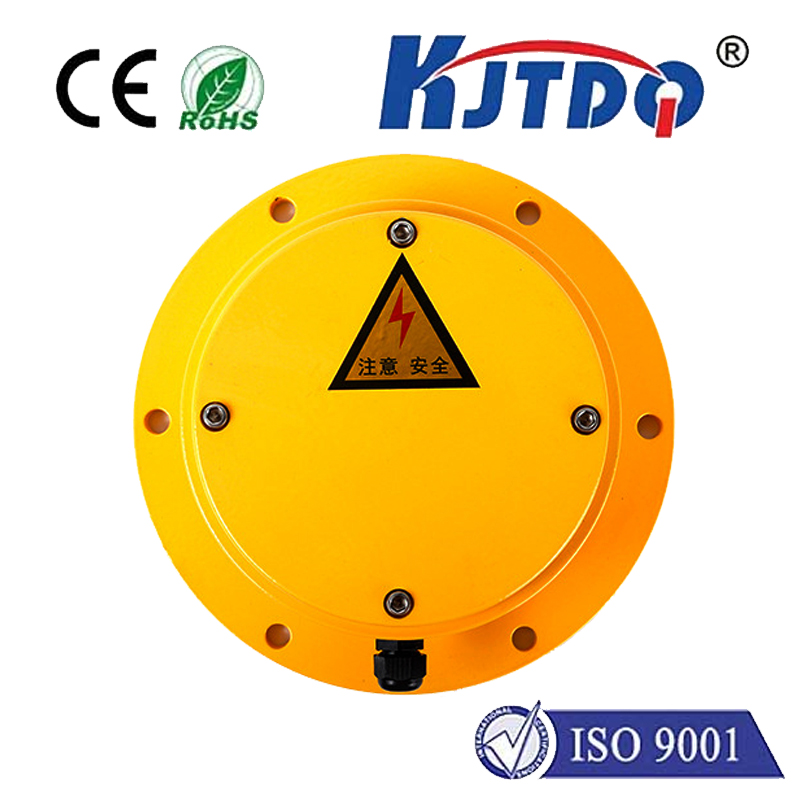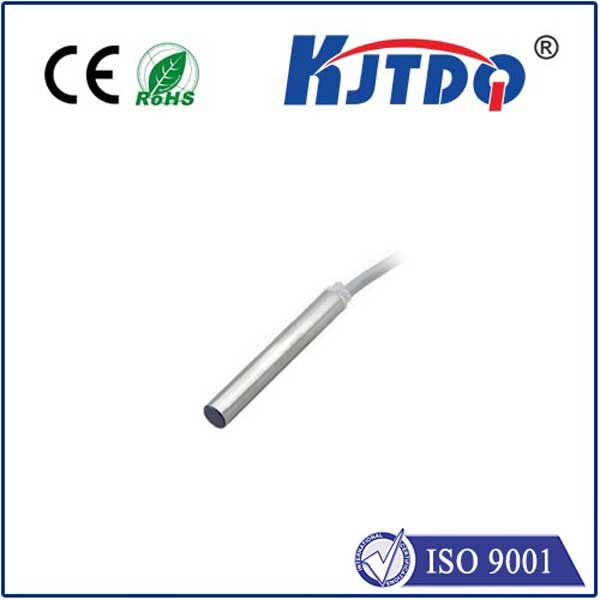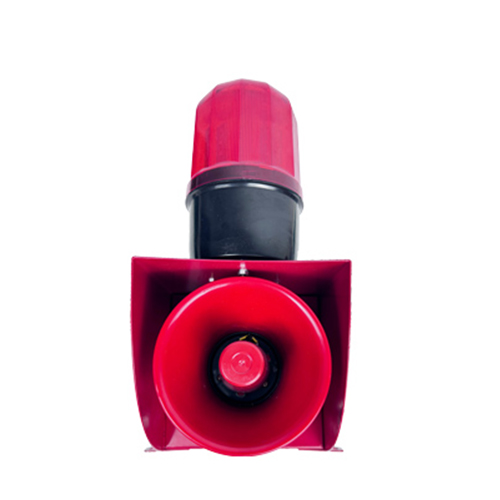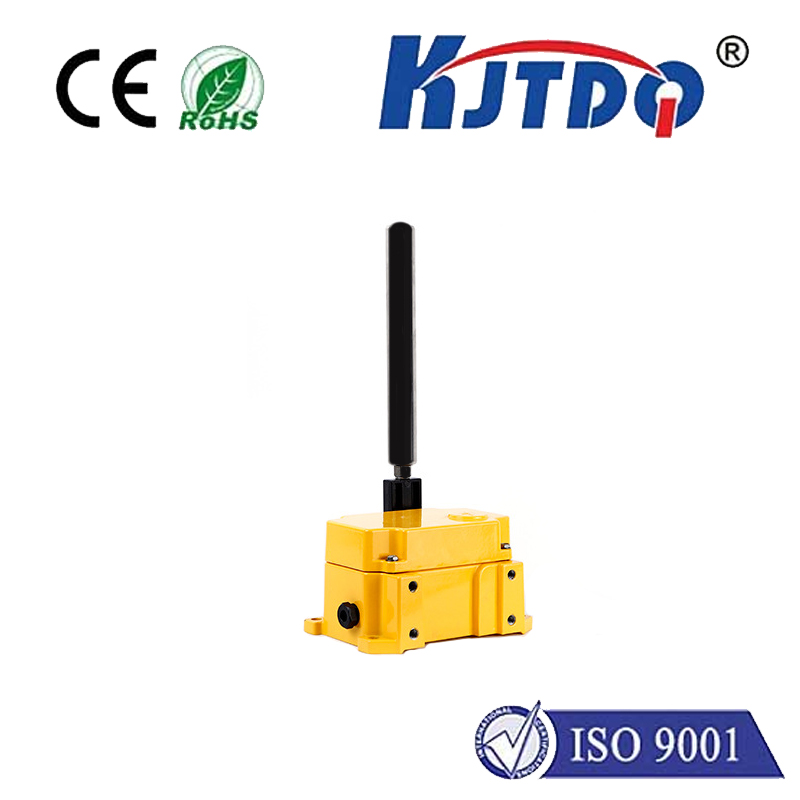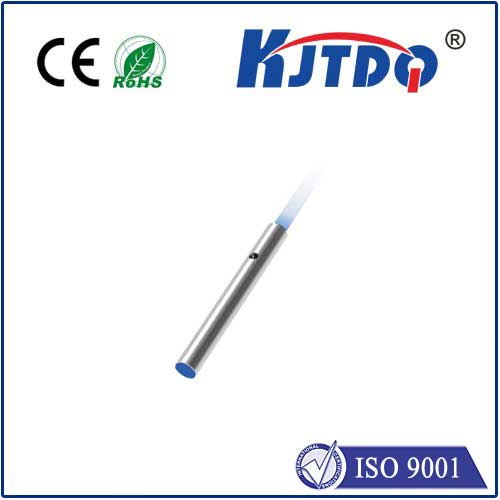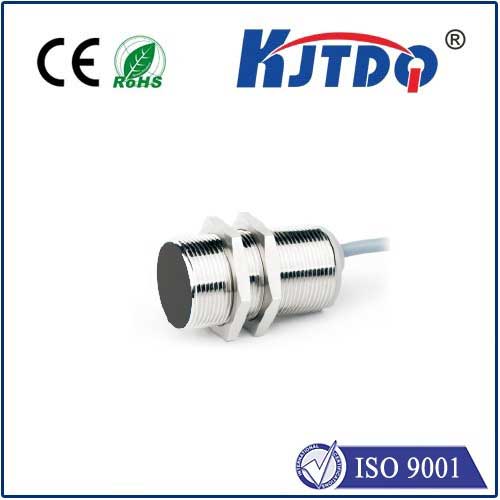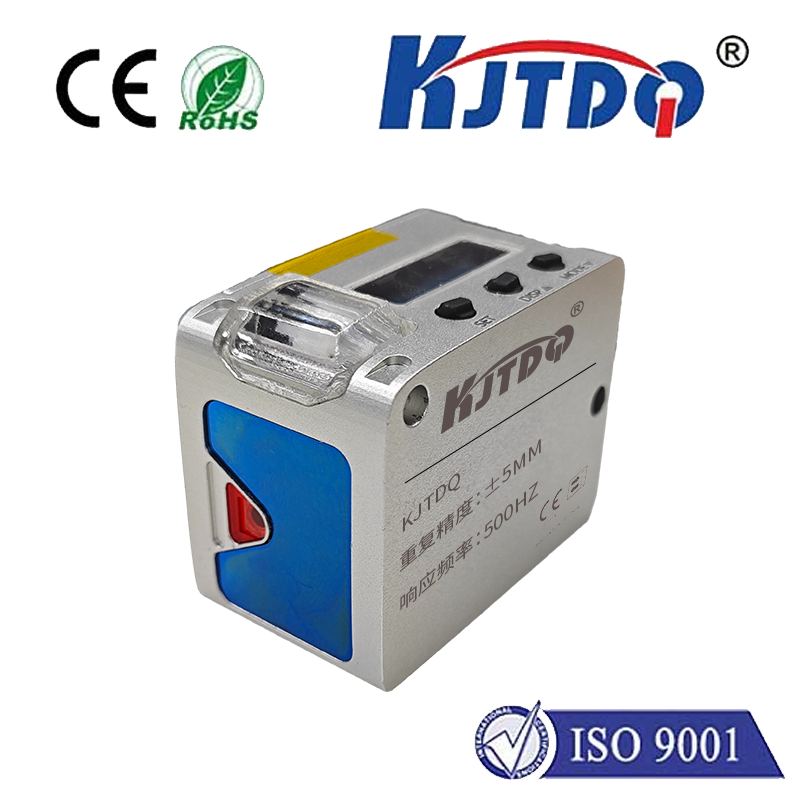m4 proximity sensor
- time:2025-09-07 05:40:29
- Нажмите:0
M4 Proximity Sensor: Precision Meets Durability in Industrial Automation
In the intricate dance of modern manufacturing and automation, countless unseen components work tirelessly to ensure precision, safety, and efficiency. Among these silent workhorses, the M4 proximity sensor stands out as a fundamental pillar of reliable machine interaction. Far beyond simple on/off switches, these compact marvels offer non-contact detection critical for demanding industrial environments. Understanding their capabilities and applications unlocks a deeper appreciation for the seamless operation we often take for granted.
Beyond Simple Detection: What is an M4 Proximity Sensor?
At its core, an M4 proximity sensor is an индукционный датчик приближения housed within a threaded barrel measuring M4 x 0.5 millimeters. This standardized metric thread size defines its physical installation footprint. Like all inductive sensors, it operates by generating an oscillating electromagnetic field from its sensing face. When a metallic target (typically steel, aluminum, brass, etc.) enters this field, it induces eddy currents within the target. This interaction dampens the sensor’s oscillation, triggering an internal electronic switch – changing its output state (e.g., from OFF to ON, or vice-versa, depending on configuration) without any physical contact.
The M4 Advantage: Why Choose This Form Factor?

While proximity sensors come in various shapes and sizes (like M5, M8, M12, M18, M30), the M4 proximity sensor carves out a distinct niche:
- Extreme Miniaturization: Its ultra-compact size is its defining characteristic. This allows installation in spaces where larger sensors simply cannot fit – within tight machinery assemblies, on miniature robotic arms, inside small enclosures, or on densely populated PCBs.
- Precision Positioning: Despite its small stature, modern M4 sensors offer respectable sensing ranges relative to their size. This enables high-precision detection of tiny components or minute positional changes critical in applications like micro-assembly, semiconductor manufacturing, and precision tooling.
- Material Compatibility: Engineered as robust industrial proximity sensors, M4 variants are typically constructed from durable materials like nickel-plated brass or stainless steel. This ensures resistance to vibration, shock, and harsh cleaning agents common on the factory floor.
- Environmental Resilience: Many M4 sensors boast high МП67 or even IP68 ratings. This means they are protected against dust ingress and can withstand temporary immersion in water, making them suitable for challenging environments like washdown areas (food & beverage, pharmaceuticals) and outdoor equipment.
- Output Versatility: They are commonly available with standard ПНП (sourcing) or НС (sinking) transistor outputs, easily interfacing with Programmable Logic Controllers (PLCs), microcontrollers, and other industrial control systems. Some advanced models offer analog or IO-Link outputs for more complex data transmission.
Where the M4 Proximity Sensor Shines: Key Applications
The unique blend of compactness, durability, and reliable non-contact sensing makes the M4 inductive sensor indispensable across numerous sectors:
- Miniature Robotics & Automation: Detecting end effector positions, verifying gripper closure, sensing the presence of tiny parts on feeders or conveyors within collaborative robots (cobots) and compact automation cells. Their small size prevents interference with delicate movements.
- Semiconductor & Electronics Manufacturing: Monitoring component placement on PCBs, verifying the position of microscopic parts, detecting wafer presence in handlers, and ensuring shields or covers are correctly positioned within extremely confined equipment spaces.
- Precision Machinery & Tooling: Used as limit switches in CNC machines (detecting tool changer positions, spindle home), monitoring intricate gear assemblies, confirming clamp positions in injection molding, and safeguarding delicate mechanisms.
- Medical Device Manufacturing: Employed in the production of small, complex medical components where hygiene and precision are paramount, detecting parts within sterile assemblies and verifying device closure states.
- Automotive Sub-Assemblies: Sensing components within compact subsystems like fuel injectors, transmission sensors, valve assemblies, and actuator positions where space is at a premium.
- Packaging Machinery: Detecting labels, verifying cap presence on small containers, counting small items on high-speed lines, and monitoring fill levels in micro-dosing applications.
Choosing and Implementing Your M4 Sensor Wisely
Selecting the right M4 proximity switch involves careful consideration:
- Sensing Distance: Understand the required nominal sensing range (Sn) and factor in application tolerances. The effective range depends on the target metal type and shape.
- Target Material: Standard inductive sensors detect ferrous metals (steel, iron) best. For reliable detection of non-ferrous metals like aluminum, copper, or brass, ensure you select a sensor specifically designed for these materials or one with a reduced sensing range factor. Material compatibility is crucial for consistent operation.
- Output Type (PNP/NPN): Match the sensor’s output configuration (sourcing PNP or sinking NPN) to the input requirements of your PLC or controller. Using the wrong type can lead to malfunction.
- Connection Style: M4 sensors typically come with pre-wired cables (varying lengths) or compact plug-in connectors (like M5 or M8 micro connectors). Choose based on installation ease and maintenance needs.
- Environmental Factors: Verify the required IP rating (IP67 for dust and water jets, IP68 for immersion), temperature range tolerance, and any resistance needed to chemicals, oils, or coolants.
- Electrical Specifications: Ensure the operating voltage (commonly 10-30V DC) and current rating match your system’s power supply and load requirements.
Installation Best Practices: For optimal performance and longevity:
- Ensure the sensor is mounted securely to prevent vibration-induced failures.
- Allow sufficient clearance around the sensing face, respecting the manufacturer’s recommended flush vs. non-flush mounting requirements.
- Minimize electrical noise by keeping sensor cables away from power lines or motor drives; using shielded cable is often advisable.
- Avoid mounting multiple sensors too closely together to prevent mutual interference.
The Unseen Engine of Precision
The M4 proximity sensor exemplifies how powerful technology can come in remarkably small packages. By delivering robust, non-contact detection in the tightest spaces, these sensors form the backbone of precision in countless automated processes. Whether ensuring a robotic arm gently picks up a minuscule component, verifying a critical step in semiconductor fabrication, or safeguarding expensive CNC tooling, the reliable switching action of the M4 proximity sensor is fundamental to the smooth, efficient, and safe operation of modern industry. Choosing and implementing the right sensor means investing in the reliability and accuracy that drives productivity forward.

